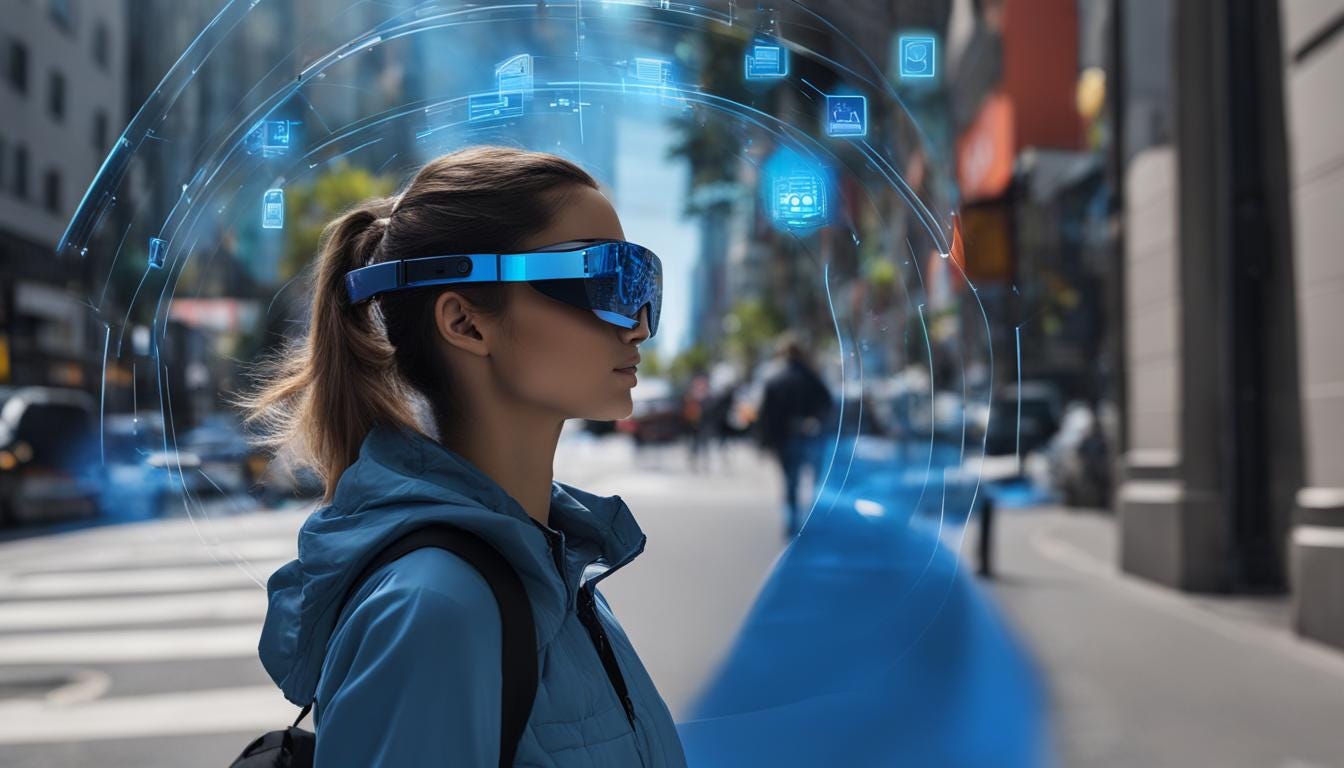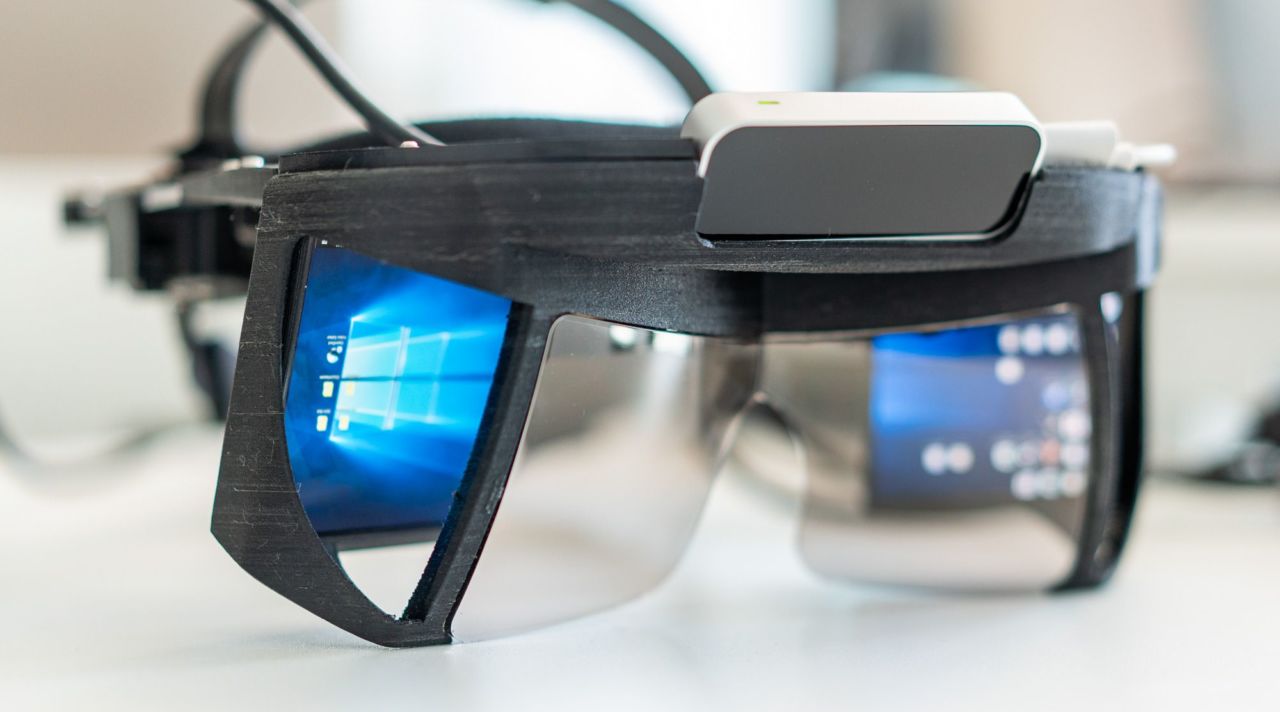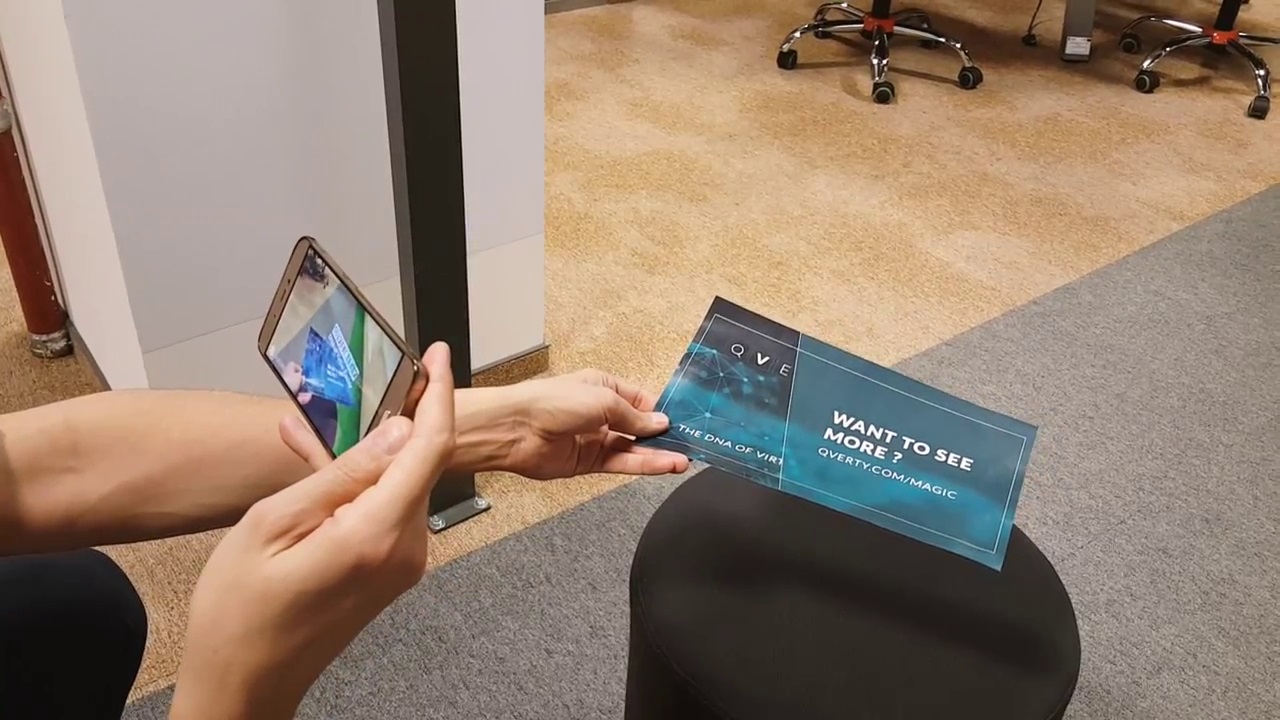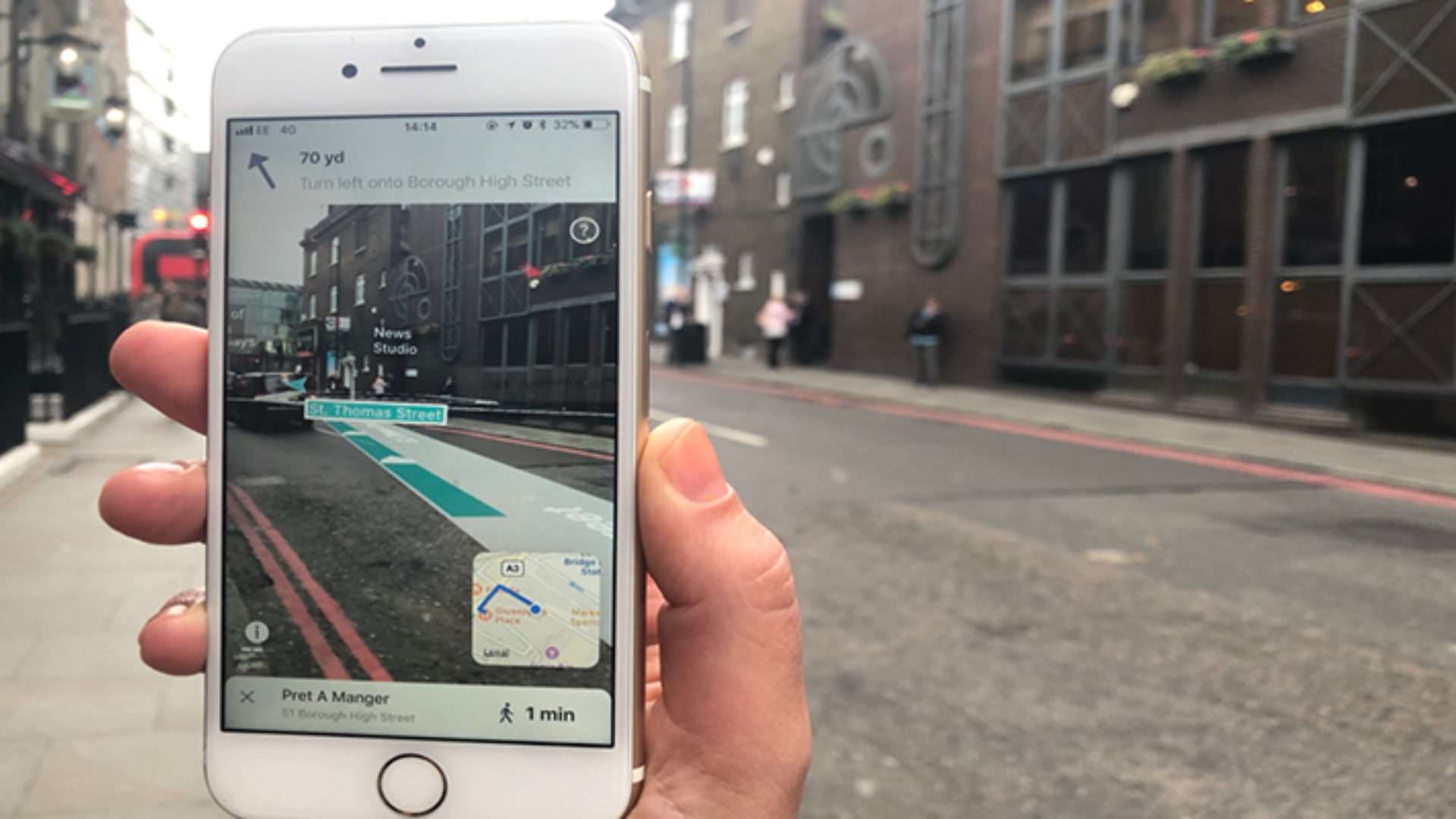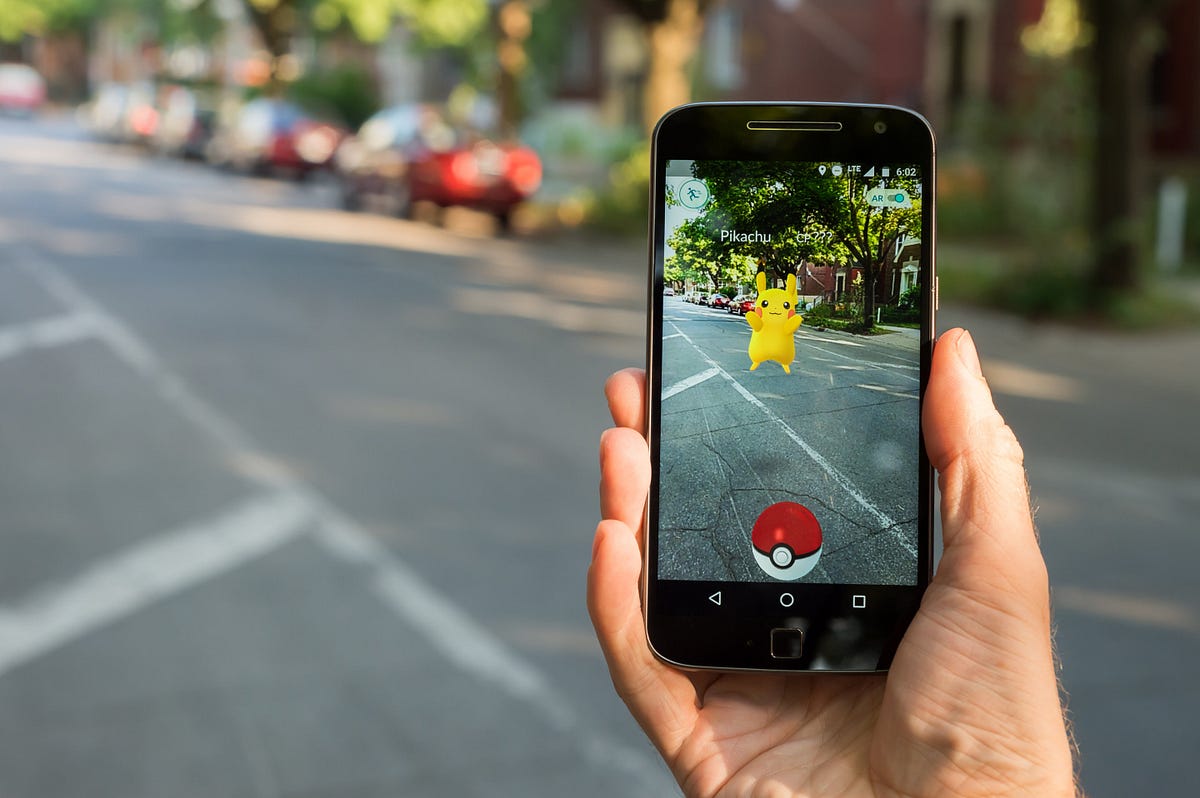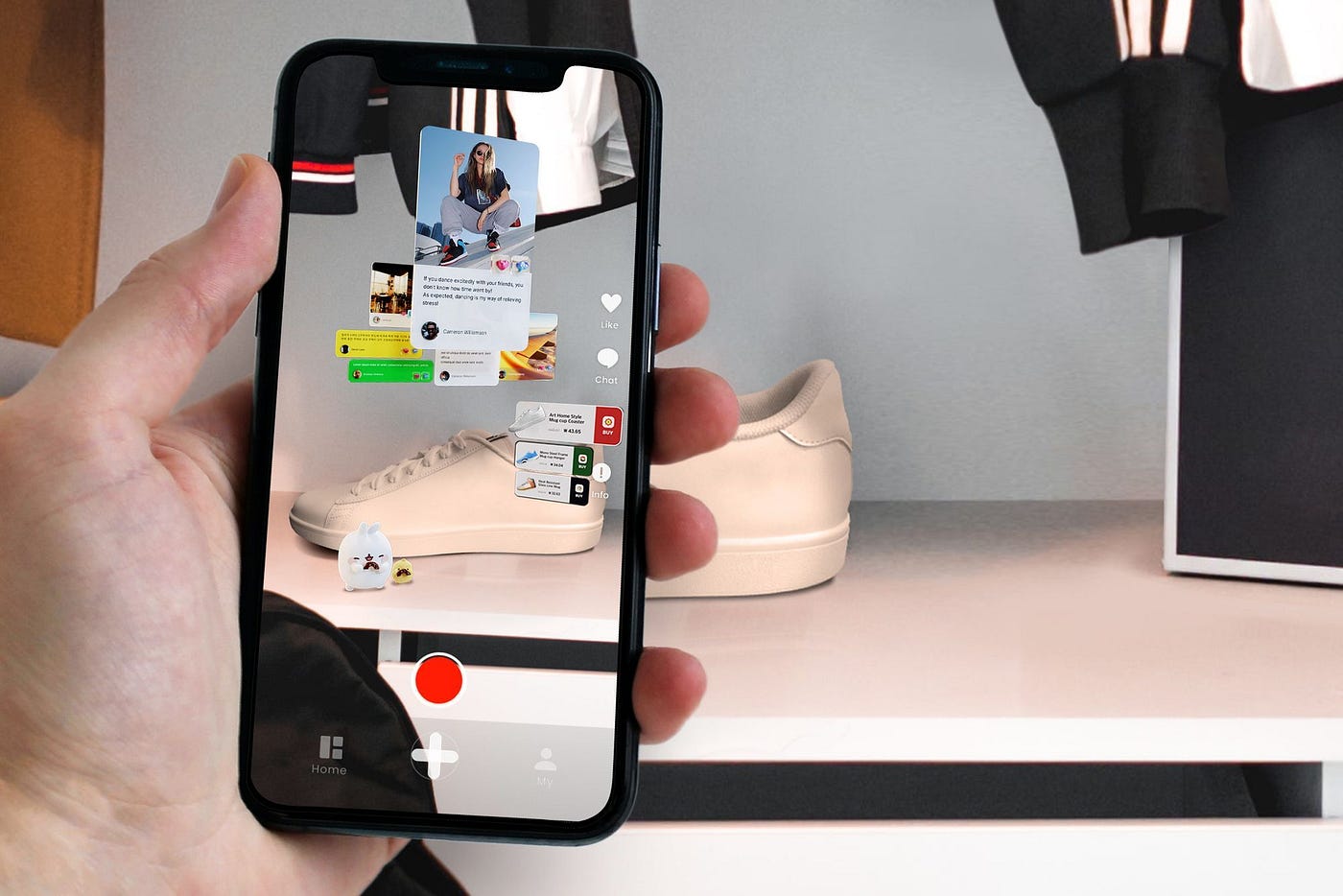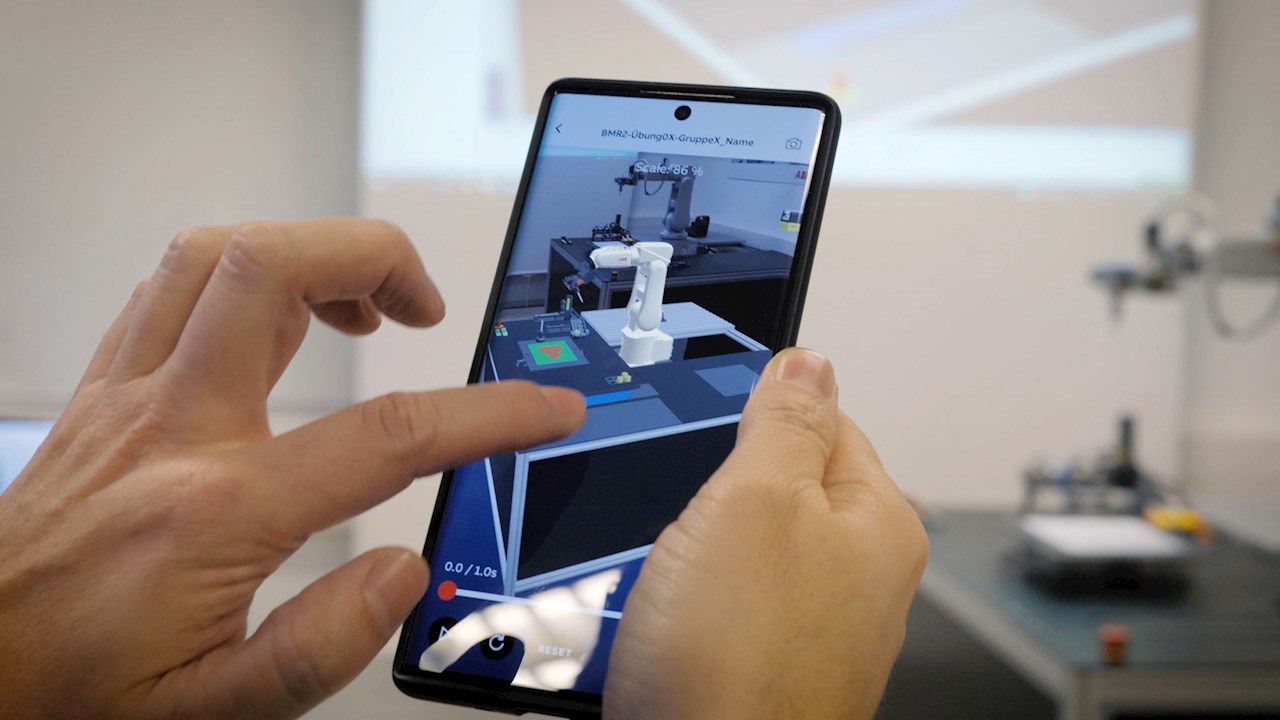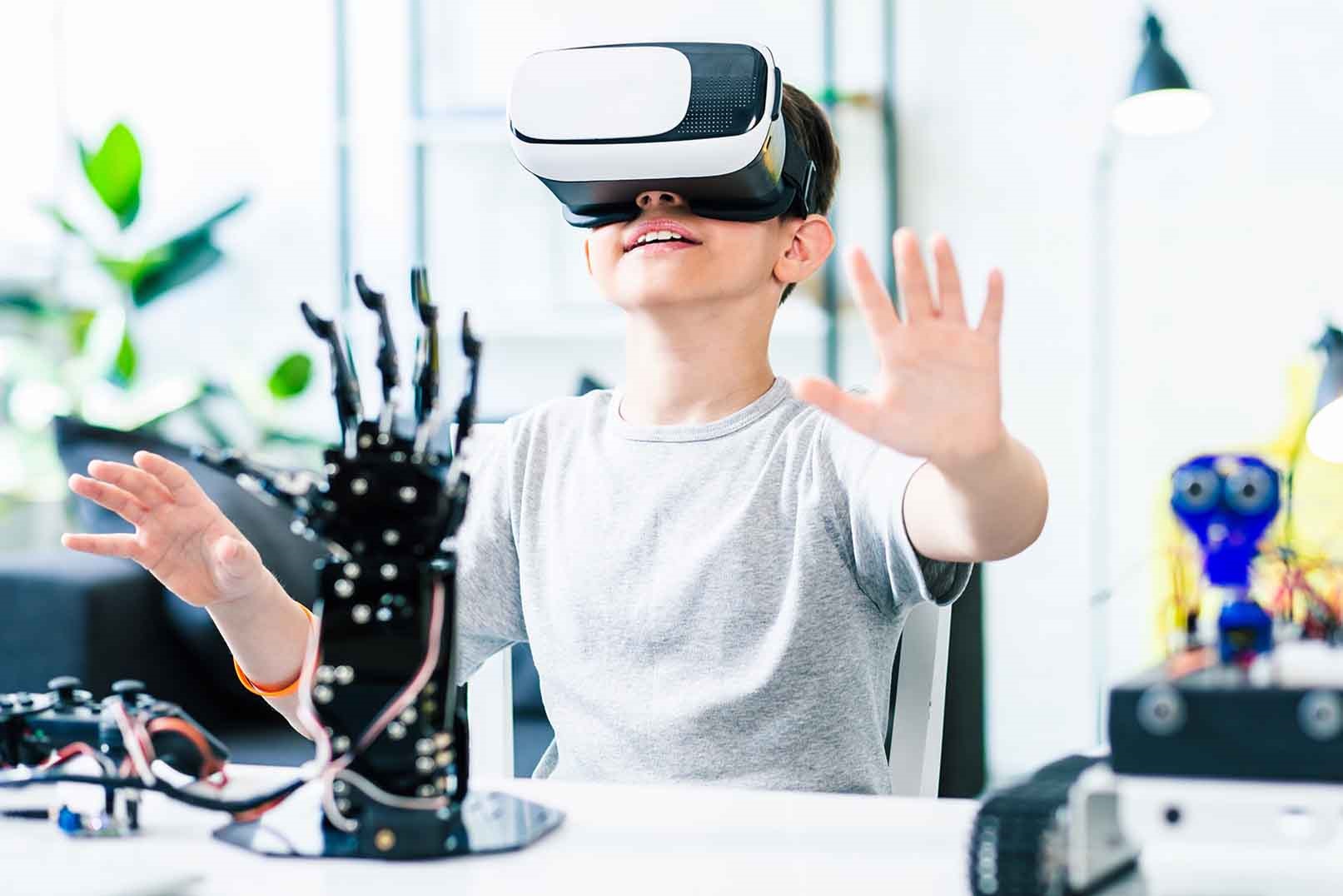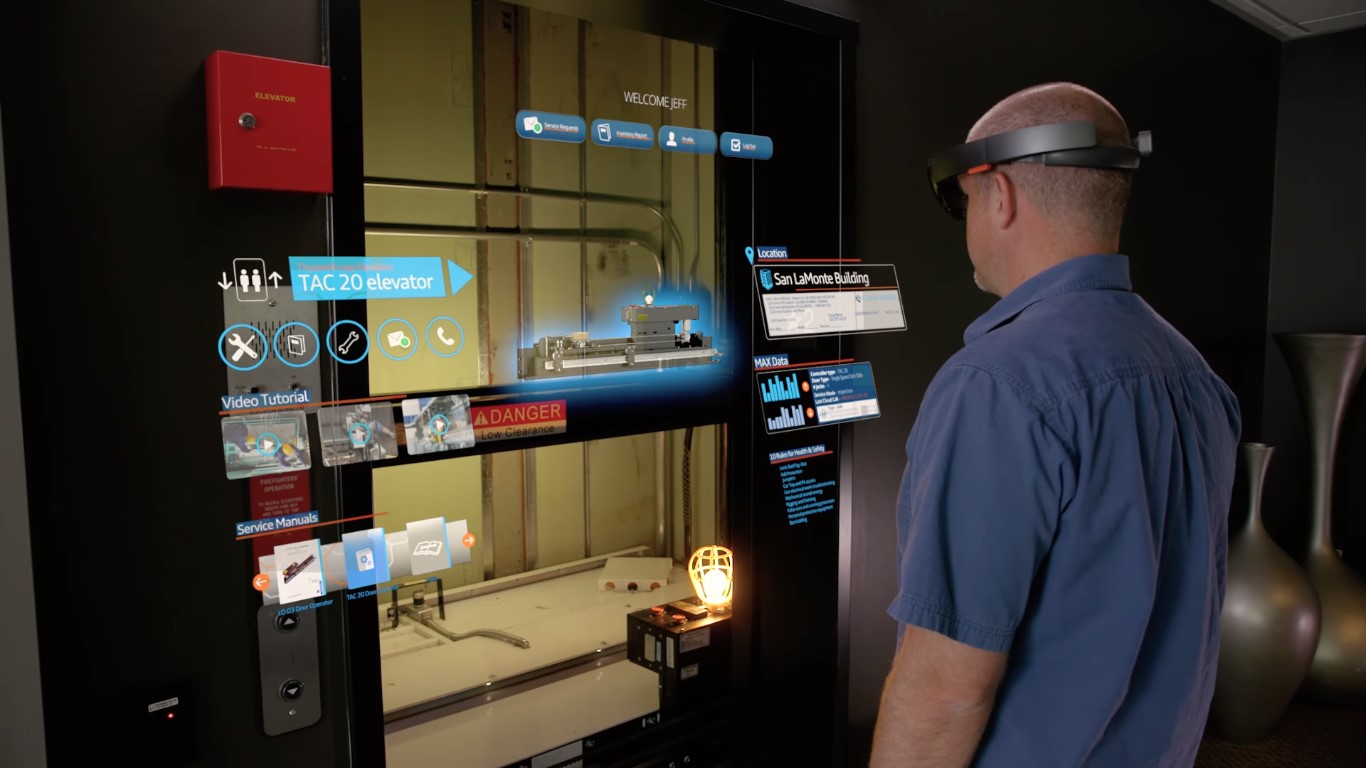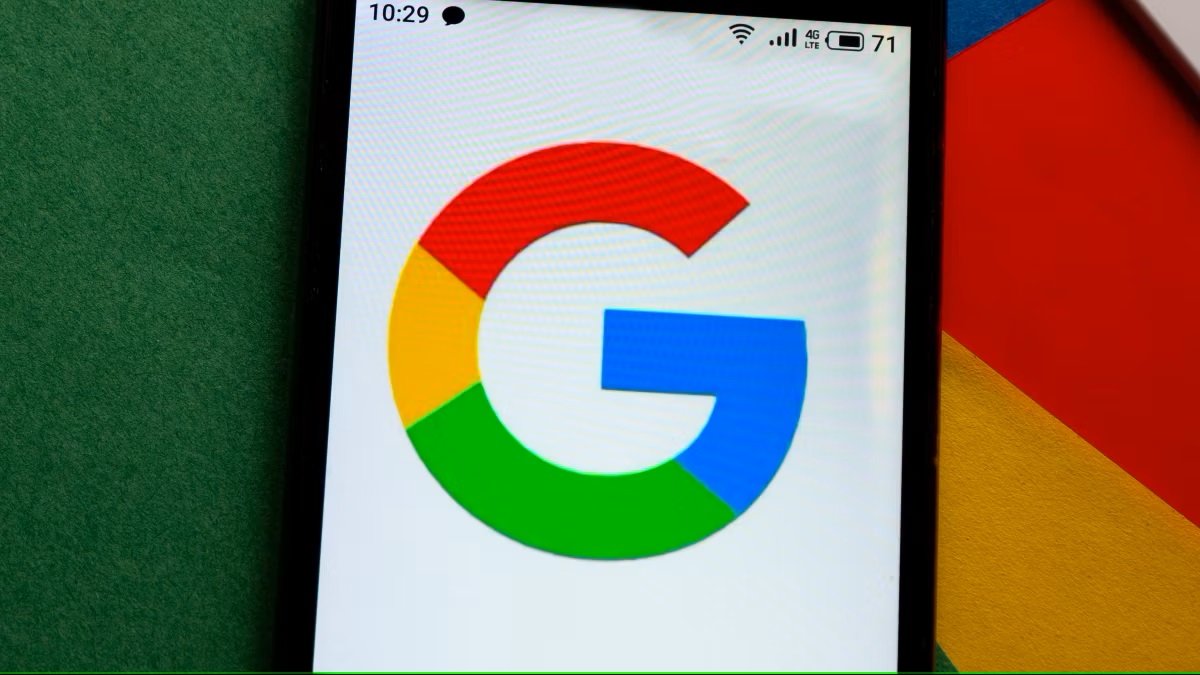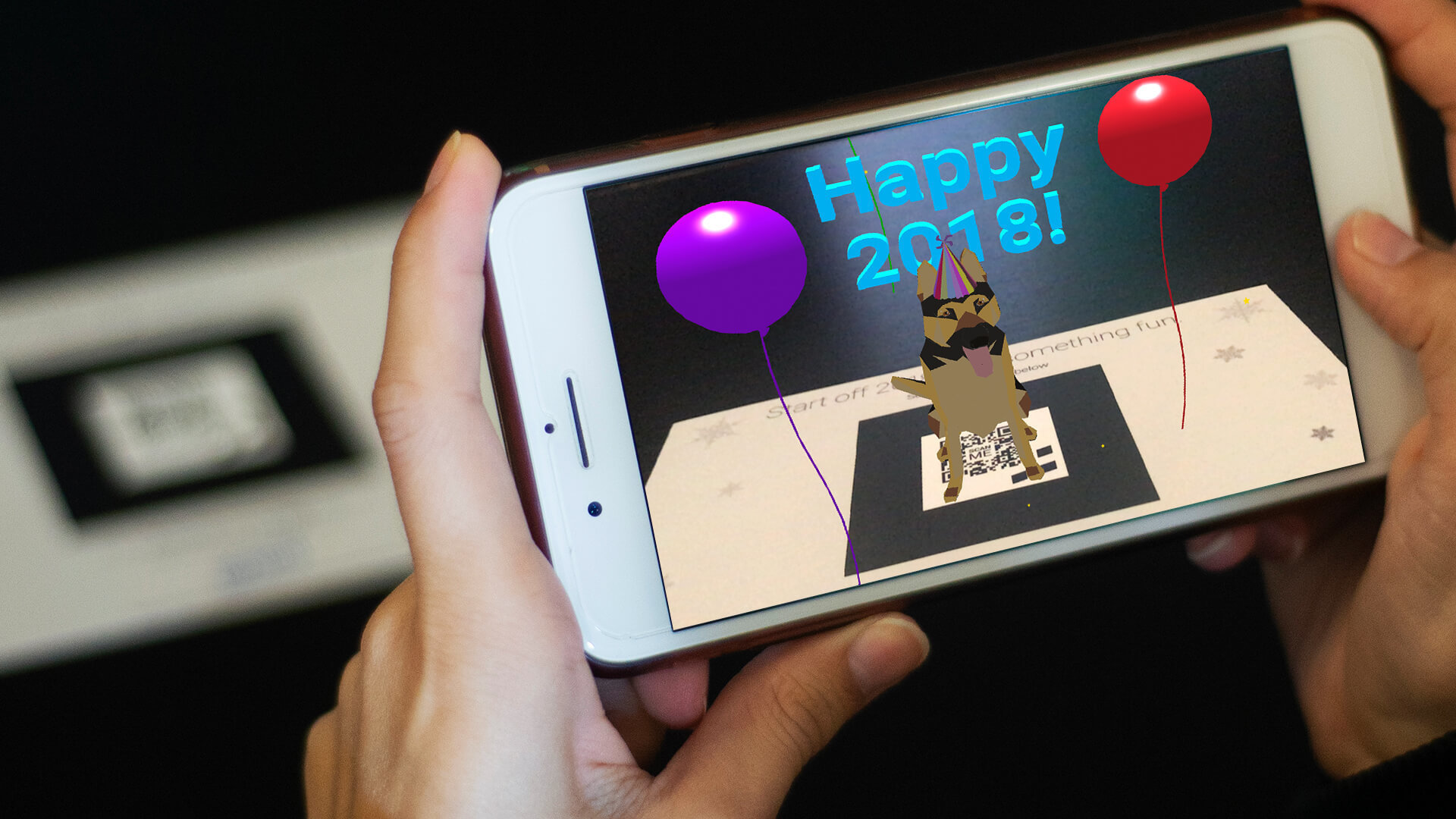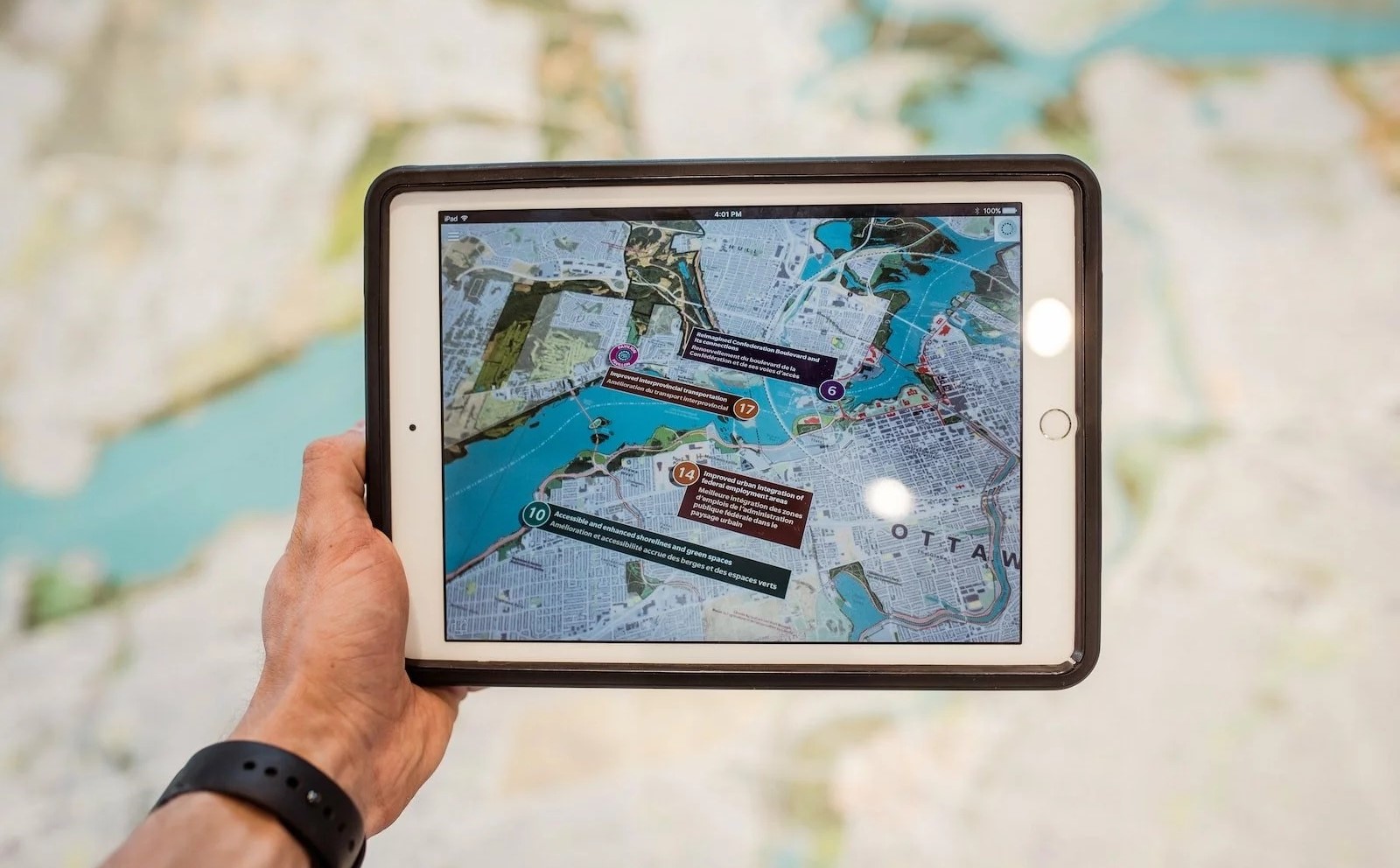Home>Latest News>Product Launches>Google Unveils Groundbreaking Project Glass: Revolutionary Augmented Reality Glasses
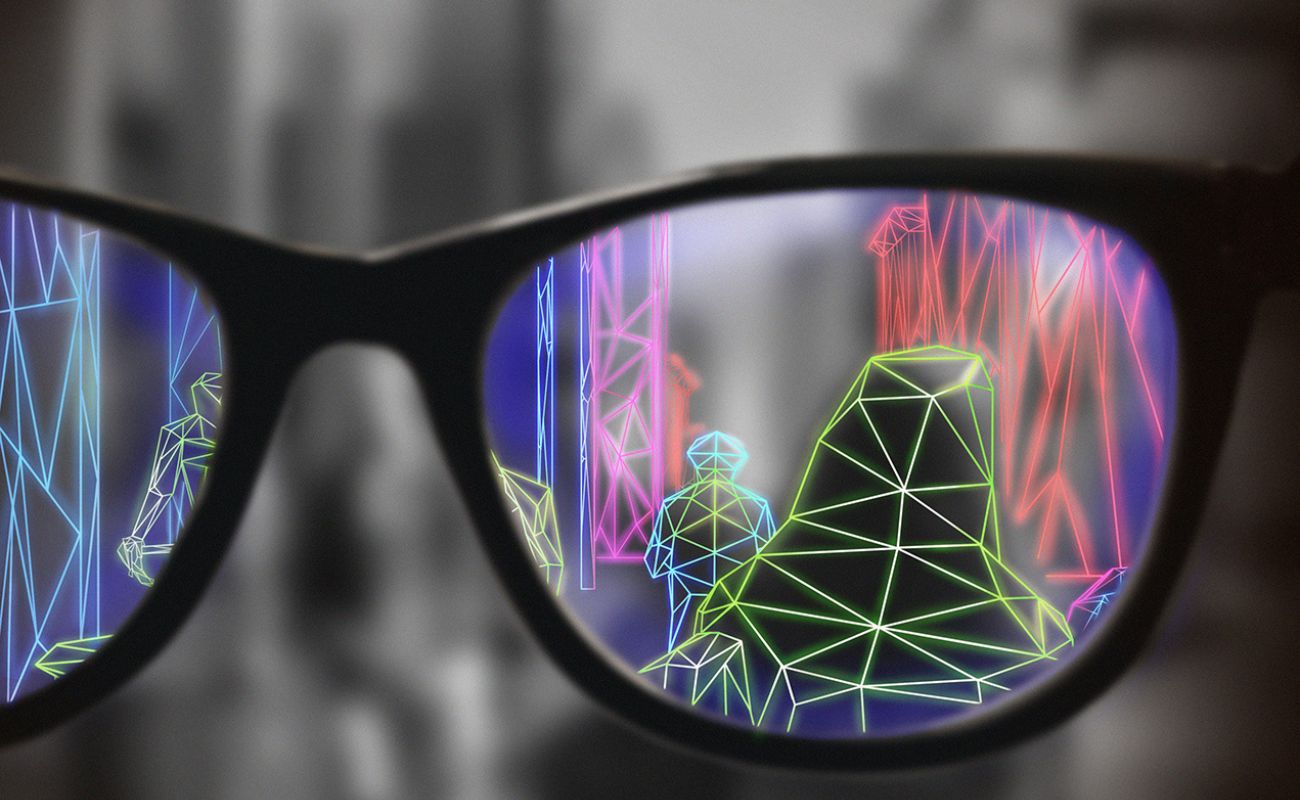

Product Launches
Google Unveils Groundbreaking Project Glass: Revolutionary Augmented Reality Glasses
Modified: September 5, 2024
Discover Google's revolutionary Project Glass, the groundbreaking augmented reality glasses that are set to transform the way we experience the world. Stay updated on the latest product launches and technological innovations.
(Many of the links in this article redirect to a specific reviewed product. Your purchase of these products through affiliate links helps to generate commission for Techsplurge.com, at no extra cost. Learn more)
Table of Contents
The Genesis of Project Glass
Project Glass emerged from Google X, the company's secretive R&D lab focused on long-term, high-risk projects. The project's inception remained shrouded in mystery, with rumors circulating for years before its official unveiling. The first glimpse of Project Glass came in April 2012, when Google posted a series of images and a concept video on its Google+ social network.
The video showcased a futuristic vision of augmented reality, where the wearer could access a wealth of information and services directly through their field of vision. The prototype glasses featured a minimalist design with a microphone and a partly-transparent video screen that placed information over the user's right eye. This innovative design aimed to keep technology out of the way, allowing users to seamlessly integrate it into their daily lives.
Read more: What Are AR Glasses
Design and Functionality
Sleek and Futuristic Design
The design of Project Glass was sleek and futuristic, with a thin silver band running across the forehead and a small screen over the right eye. The glasses were designed to be versatile, accommodating both normal eyeglasses and prescription lenses. This adaptability was crucial for making the technology accessible to a broader audience.
Impressive Features
The functionality of Project Glass was equally impressive. The glasses were equipped with various sensors and cameras that allowed them to track the user's surroundings and provide relevant information. The video demo showcased several features, including:
- Weather and Location Information: Users could glance at the weather forecast or their current location without needing to look at a separate device.
- Calendar Reminders: The glasses would remind users of upcoming appointments, ensuring they never miss a meeting.
- Text Messages and Video Chats: Users could receive and respond to text messages or engage in video calls, all while keeping their hands free.
- Google Maps Integration: The glasses provided turn-by-turn directions, helping users navigate through unfamiliar areas.
- Photo Sharing: Users could take photos and share them directly with friends using Google+.
- Music and Audio: The glasses allowed users to listen to music or other audio content without needing earphones.
These features aimed to make the user experience as seamless as possible, eliminating the need to constantly check a smartphone. The glasses were intended to be an extension of the user's digital life, blending technology into the fabric of reality.
Public Reaction and Criticism
The unveiling of Project Glass generated a mix of excitement and skepticism. Some saw it as a revolutionary tool that could change the way people interact with information, while others viewed it as a gimmick or an overhyped concept.
Concerns Raised
Critics pointed out several challenges, including the potential for distraction and the need for significant technological advancements to make the device practical. The idea of wearing augmented reality glasses all the time raised concerns about privacy and social etiquette. For instance, some people worried about the implications of wearing a device that could potentially record everything the user sees and hears.
Enthusiasts' Perspective
Despite these concerns, many enthusiasts saw the potential for Project Glass to enhance daily life. The ability to follow walking directions without looking down at a phone was particularly appealing, as was the idea of in-view video chat. The device's potential for sharing experiences with loved ones across distances was also highlighted as a significant advantage.
Development and Testing
After the initial unveiling, Google continued to refine and test Project Glass. The company engaged with the public through its Explorer Program, which allowed a select group of users to purchase the device at a higher price point ($1,500) and provide feedback. This program was crucial for gathering user insights and addressing technical issues before a wider consumer launch.
Expanding the Explorer Program
In 2014, Google made a significant push to get more people involved with the Explorer Program. They opened up the program to anyone in the US who wanted to buy a pair of Google Glass, albeit for a limited time. This move aimed at gathering more data and refining the product before its full consumer release later that year.
Read more: The Advantages of Augmented Reality
Challenges and Future Prospects
Despite the enthusiasm surrounding Project Glass, several challenges needed to be addressed before the technology could be widely adopted. One of the primary issues was the need to shrink the electronics involved to make the device truly portable. Other companies, like Brother, had attempted similar projects but faced significant hurdles due to the requirement for separate processing and battery equipment.
Competitive Landscape
Google's competitors, such as Apple and Sony, were also working on their own AR eyewear concepts. Apple had patented a laser-based head-mounted display system, while Sony and Microsoft had developed miniature displays suitable for gaming and beyond.
Monetization Opportunities
The monetization opportunities for AR systems were enormous, especially with in-built GPS location tracking. However, the path to achieving this was fraught with technical difficulties. The integration of advanced sensors, cameras, and processing units into a wearable device was a complex task that required significant advancements in miniaturization technology.
Final Thoughts
Google's Project Glass represented a groundbreaking attempt to integrate augmented reality into everyday life. The concept of wearing a device that could provide a wealth of information and services directly in your field of vision was both fascinating and daunting. While the project faced numerous challenges, it also sparked a significant conversation about the future of technology and how we interact with it.
As of now, the future of Project Glass remains uncertain. The project has evolved significantly since its initial unveiling, with Google continuing to refine and test the technology. The potential for AR glasses to transform the way we live and interact with information is undeniable, but it will require overcoming numerous technical and societal hurdles.
Project Glass stands as a testament to the innovative spirit of Google and the potential for technology to transform our world. Whether it will become a ubiquitous part of our daily lives or remain a niche product remains to be seen, but one thing is certain: the journey towards creating such a device has already changed the landscape of technological innovation forever.

